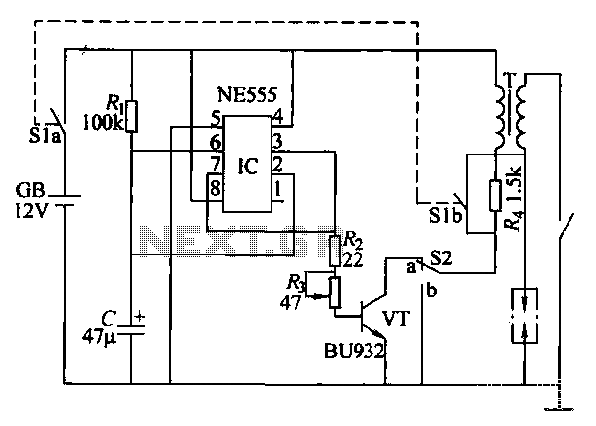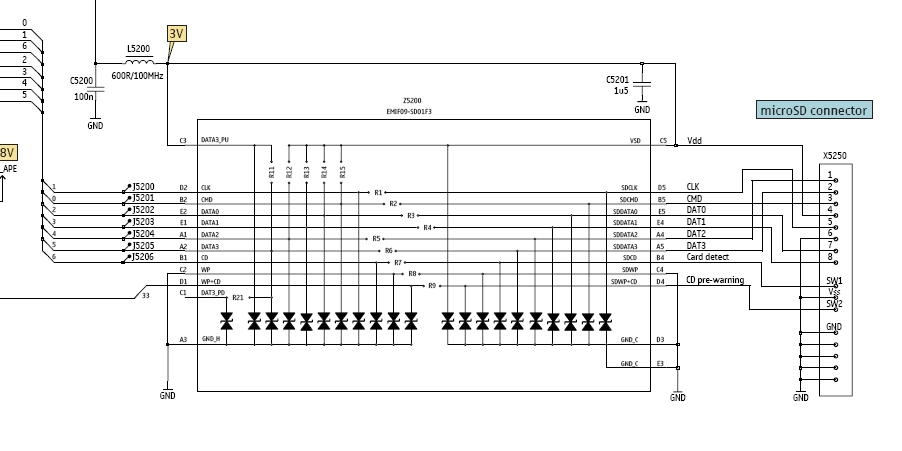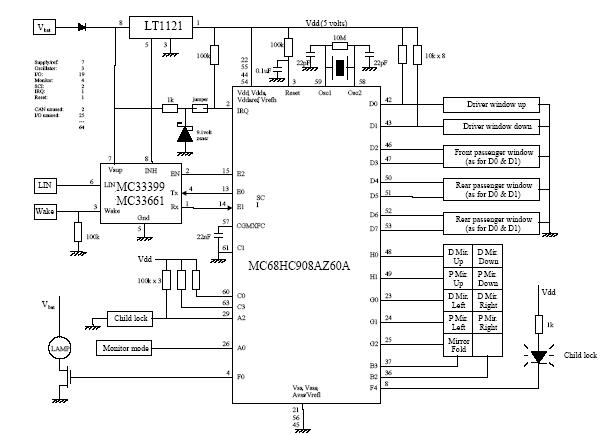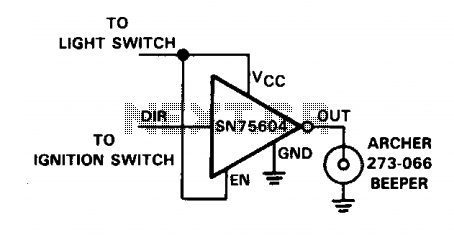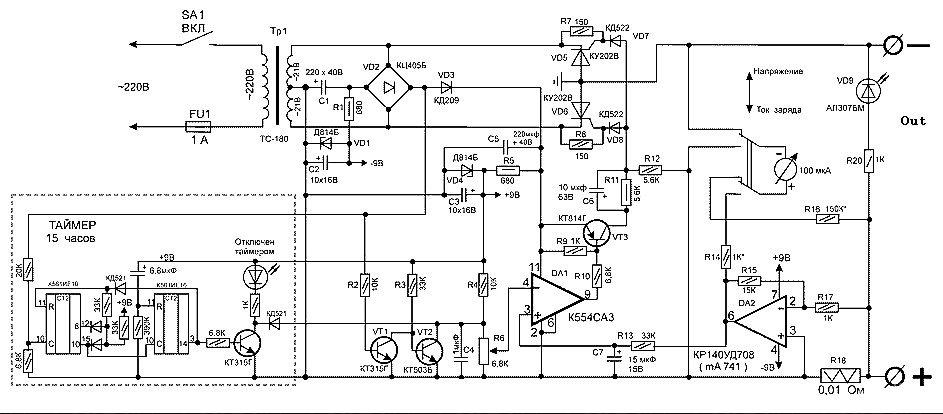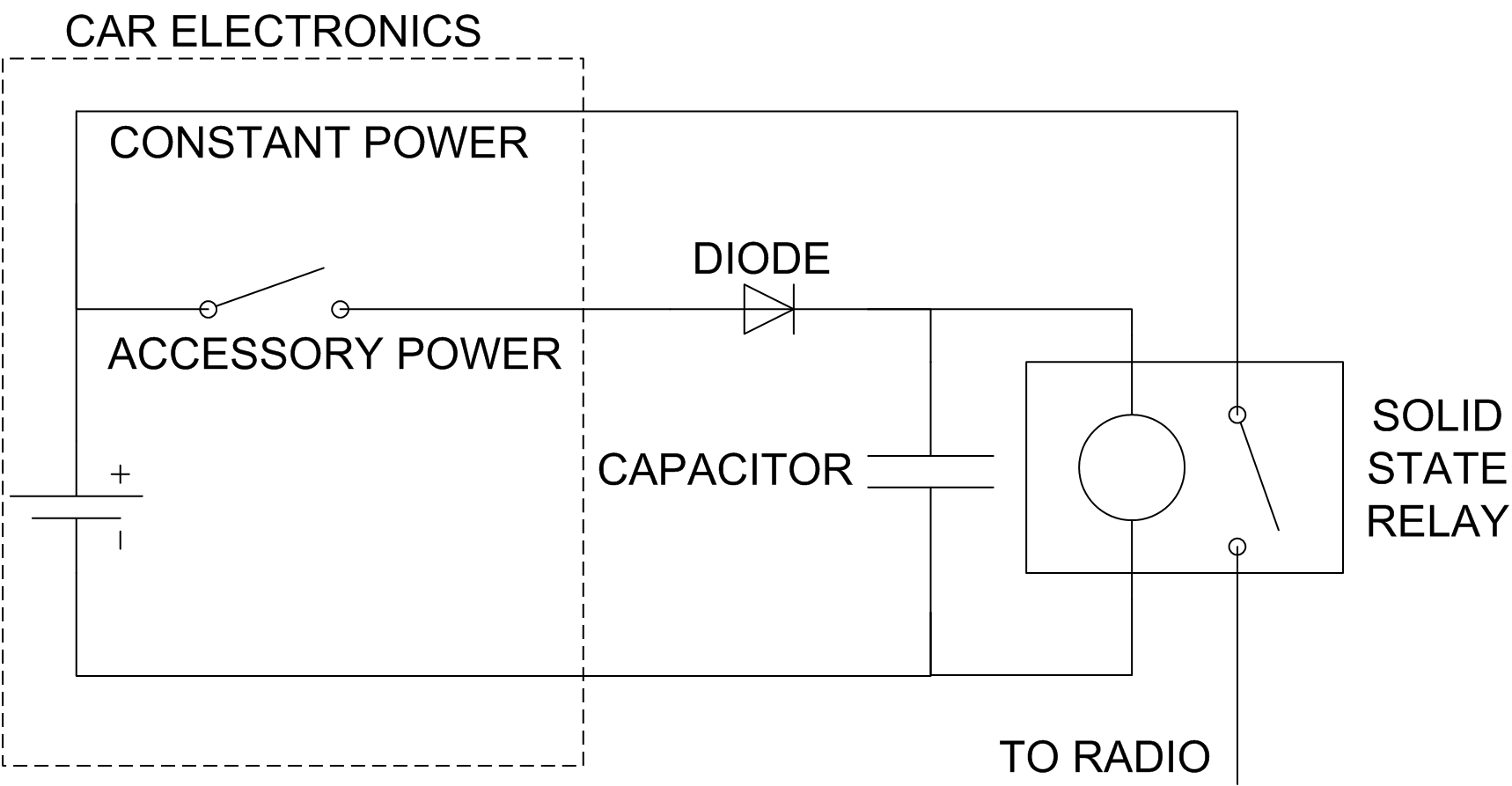
Car Alarm Arming Horn Beep Canceller
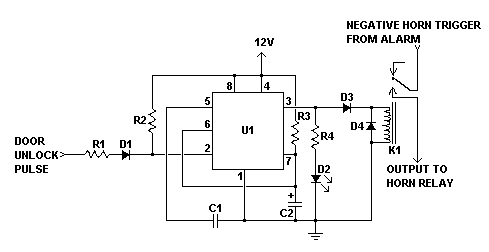
Disconnecting the alarm system from the horn relay will eliminate the horn's sound during an actual alarm. This circuit silences the arming beep while maintaining the alarm by introducing a small delay into the signal. It is positioned between the alarm and the horn relay. The alarm must provide a constant horn signal for at least 3 seconds before the horn relay is activated, ensuring that the brief "beep" does not trigger the horn relay, while a constant alarm signal will.
This circuit operates by utilizing a delay mechanism that is essential for distinguishing between temporary and sustained alarm signals. The design typically involves a monostable multivibrator, which generates a time delay. When the alarm is armed, the circuit monitors the output signal from the alarm system. If the alarm produces a brief "beep," the monostable multivibrator will not trigger the horn relay, as the duration of the signal is insufficient to meet the 3-second threshold.
In contrast, if the alarm system sends a continuous signal indicating an actual alarm condition, the monostable multivibrator will activate after the preset delay, allowing the horn relay to engage. This engagement activates the horn, providing an audible alert of the alarm status. The use of a capacitor and resistor in conjunction with the multivibrator helps set the timing parameters, ensuring reliable performance under different conditions.
In summary, this circuit effectively balances the need for a silent arming process while ensuring that genuine alarm conditions result in an audible alert, enhancing the overall effectiveness of the alarm system without compromising security.Disconnecting the alarm system from the horn relay will eliminate this, but prevent the horn from sounding in the even of an actual alarm. This circuit serves to silence the arming beepyet maintain the alarm by introducing a small delay into the signal.
It sits between the alarm and horn relay. The alarm must provide a constant horn signal for at least 3 seconds before the horn relay is activated. That way the quick "beep" will never activate the horn relay, while the constant alarm signal will. 🔗 External reference
This circuit operates by utilizing a delay mechanism that is essential for distinguishing between temporary and sustained alarm signals. The design typically involves a monostable multivibrator, which generates a time delay. When the alarm is armed, the circuit monitors the output signal from the alarm system. If the alarm produces a brief "beep," the monostable multivibrator will not trigger the horn relay, as the duration of the signal is insufficient to meet the 3-second threshold.
In contrast, if the alarm system sends a continuous signal indicating an actual alarm condition, the monostable multivibrator will activate after the preset delay, allowing the horn relay to engage. This engagement activates the horn, providing an audible alert of the alarm status. The use of a capacitor and resistor in conjunction with the multivibrator helps set the timing parameters, ensuring reliable performance under different conditions.
In summary, this circuit effectively balances the need for a silent arming process while ensuring that genuine alarm conditions result in an audible alert, enhancing the overall effectiveness of the alarm system without compromising security.Disconnecting the alarm system from the horn relay will eliminate this, but prevent the horn from sounding in the even of an actual alarm. This circuit serves to silence the arming beepyet maintain the alarm by introducing a small delay into the signal.
It sits between the alarm and horn relay. The alarm must provide a constant horn signal for at least 3 seconds before the horn relay is activated. That way the quick "beep" will never activate the horn relay, while the constant alarm signal will. 🔗 External reference
